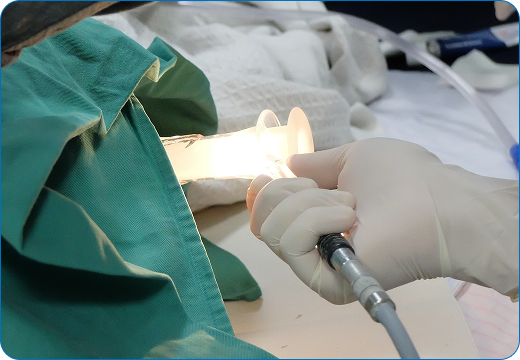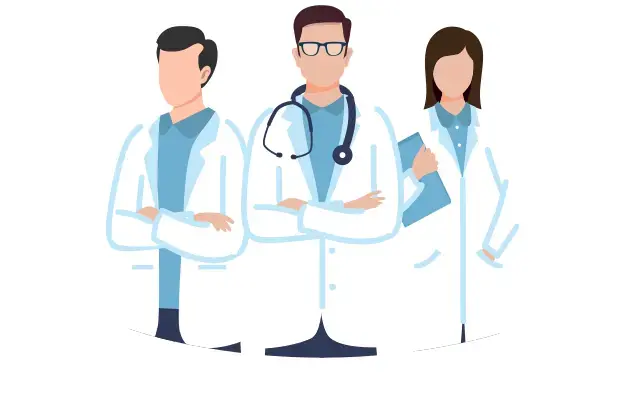The shoulder joint is a ball-and-socket joint that allows wide movement of the arm. Because of this mobility, it is also more prone to dislocation than other joints. A shoulder dislocation happens when the head of the humerus slips out of the shoulder socket, either partially (subluxation) or completely (dislocation). Prompt medical attention is necessary to prevent long-term damage to ligaments, tendons, or nerves around the shoulder.
The shoulder joint is a ball-and-socket joint that allows wide movement of the arm. Because of this mobility, it is also more prone to dislocation than other joints. A shoulder dislocation happens when the head of the humerus slips out of the shoulder socket, either partially (subluxation) or completely (dislocation). Prompt medical attention is necessary to prevent long-term damage to ligaments, tendons, or nerves around the shoulder.















.svg)







